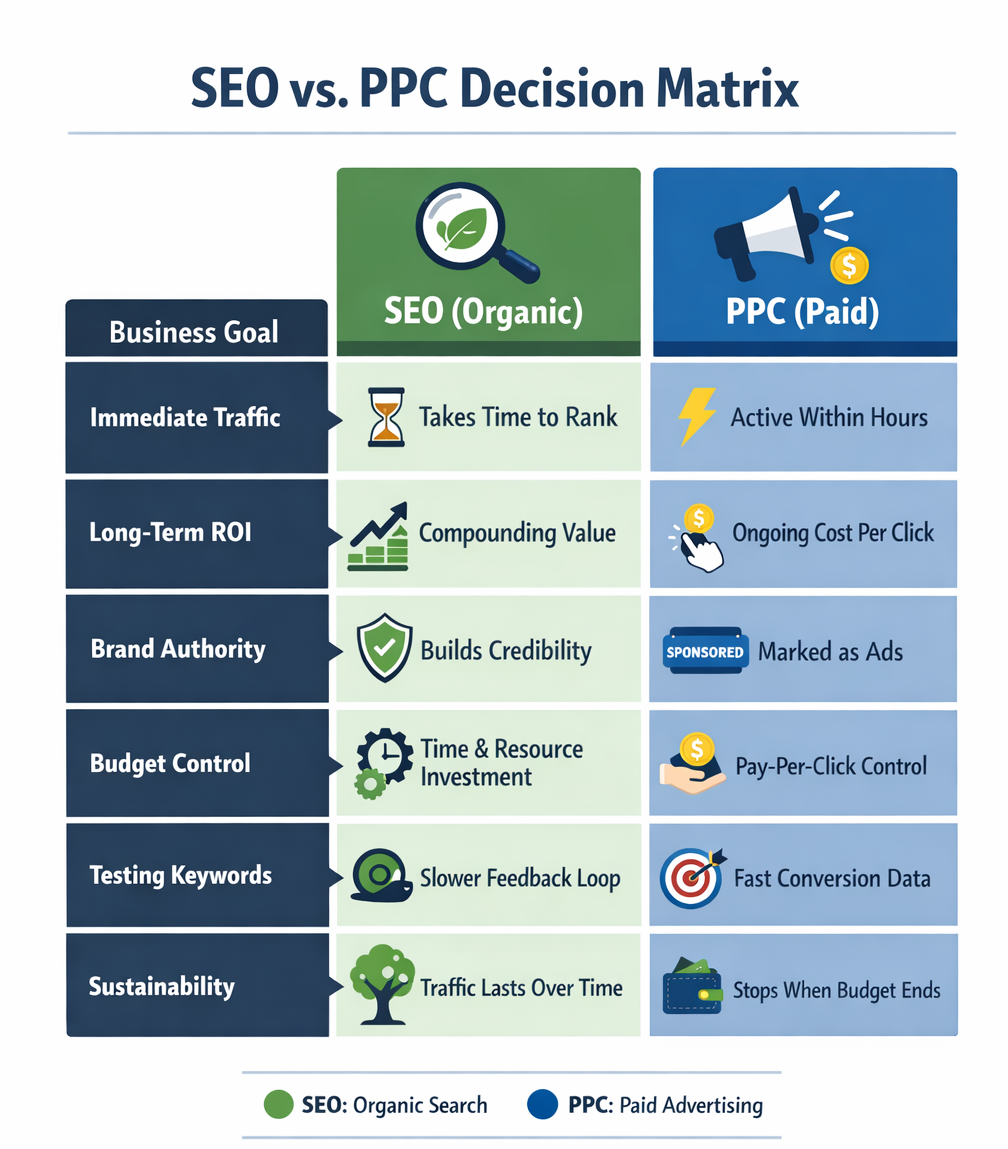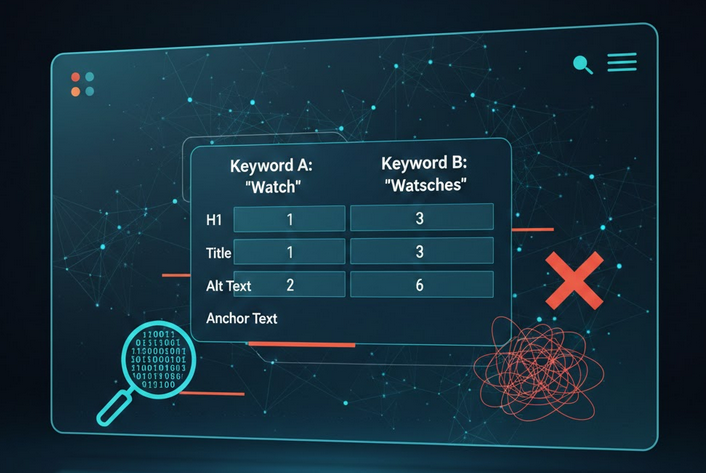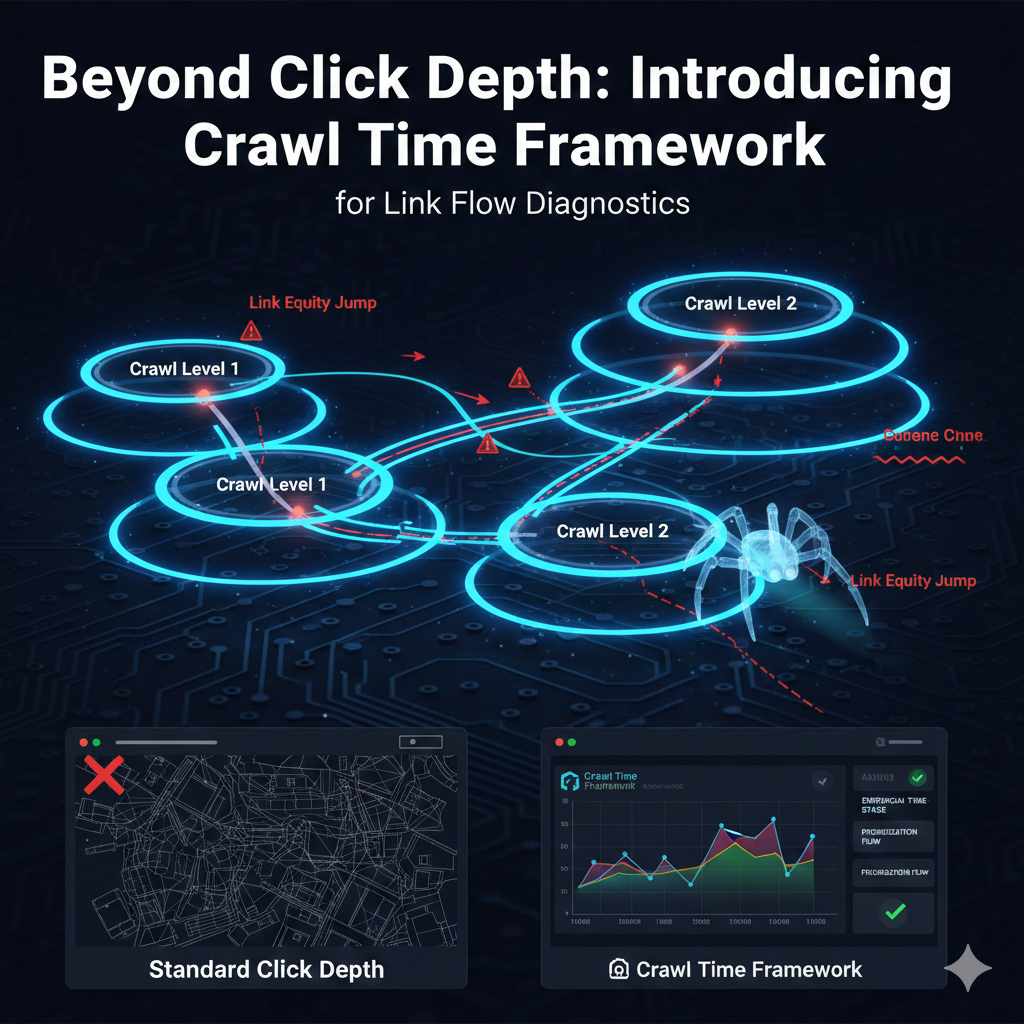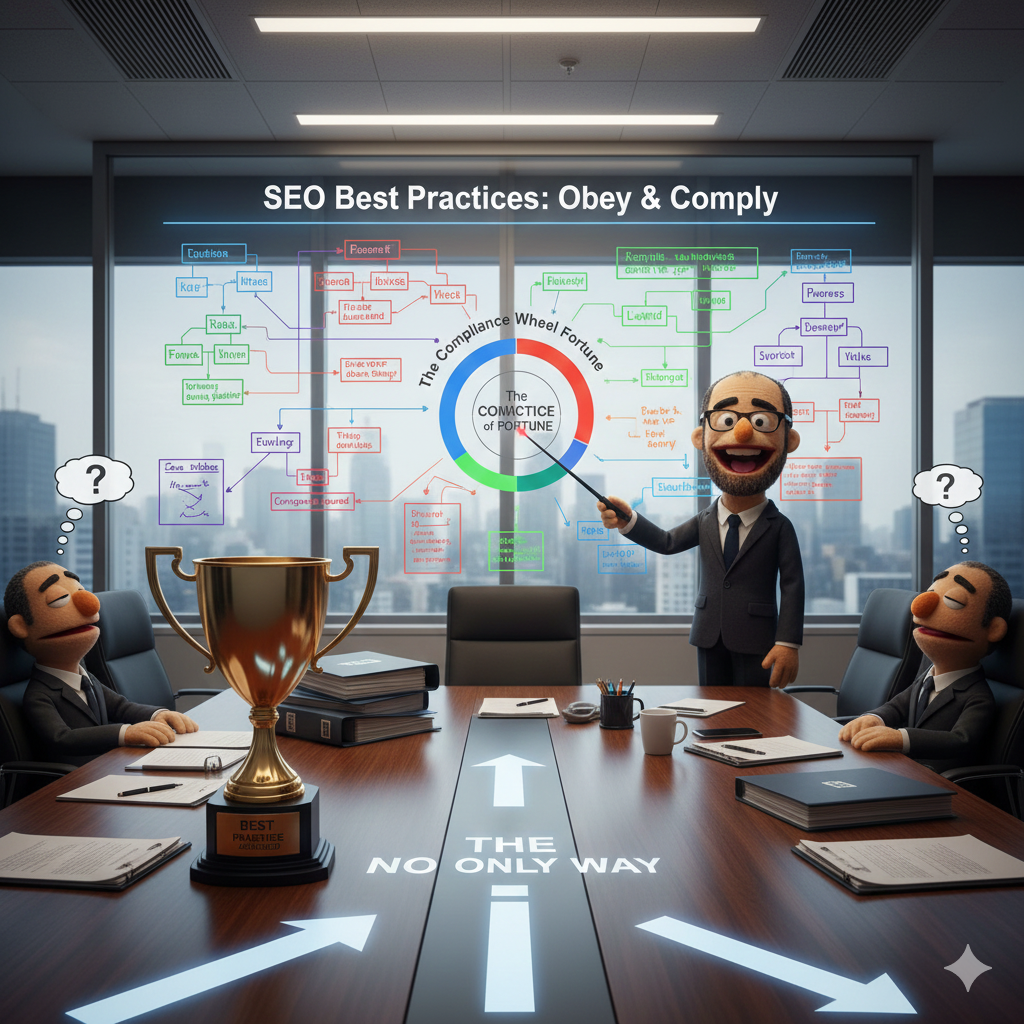Regarding the general question of whether a product should be included in different categories, there are many and of course completely different opinions. In this post, I will firstly share some of them and then expose part of a client’s audit of ours, dealing with this particular topic.
Opinions taken from forum discussions
From an SEO point of view, it is best to choose what is best for the user. If they expect to find a product in multiple categories, this must be the way.
***
It is not a problem that a product is in different categories. If duplicate content occurs by chance, canonical tags should be placed. This can happen if the product has a different URL in each category, which sometimes happens when the category name is in the URL. Another option to avoid this problem is to write a unique product description in each category.
***
If you put a product in many categories, then the categories are not done correctly. I’ve always said that a product should have a single URL and should not depend on the category. But due to misunderstood SEO tactics, all sorts of perversions are done…
***
You can put the product in several categories, but in the URL of the product there is simply no category. In this way you will have many more internal links to the product and also you will not have duplicate things.
Our case study on the benefits and disadvantages of a product listed in multiple categories
Generally, this type of investigation is part of the Website Structure SEO Audit but in this case it was included in an extensive Technical SEO Audit.
Our customer who had this problem is an online store for quality branded alcohol.
The case we want to show you could be the result of the built-in functionality of the platform itself or an additional logic built for that special purpose. Anyway, I would describe it as a technique or strategy on the border between good SEO practices and those that we should try to avoid.
What we actually saw, was that the same page was “duplicated” in different places with different URLs.
Strictly speaking, from the point of view of avoiding duplicate content, everything was fine, because the duplicate product pages were Canonicalised – had the main product URL as a canonical link.

As a result of this structure, at first glance it appears that internal linking is increased, but in reality, the site is bloated with many identical pages and there is definitely a waste of crawling budget.
As a result of this strategy, Google has indexed information to various pages, not the product pages themselves, but cluster/category pages where there are links to the product pages.
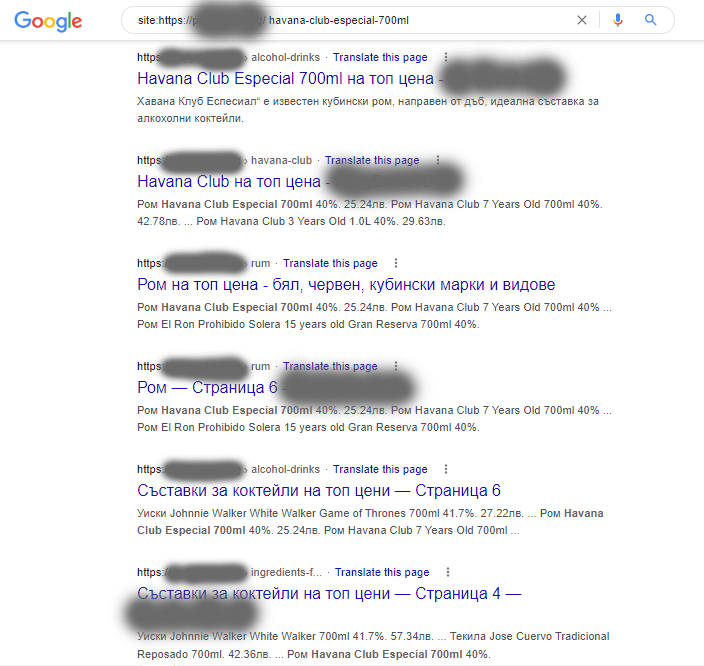
Here are the Google SERP links for the example above:
- https://domainname.com/alcohol-drinks/ingredients-for-cocktails/havana-club-especial-700ml
- https://domainname.com/havana-club
- https://domainname.com/alcohol-drinks/rum?page=6&
- https://domainname.com/alcohol-drinks/rum?page=6
- https://domainname.com/alcohol-drinks/ingredients-for-cocktails?page=6&
- https://domainname.com/ingredients-for-cocktails?page=4
Again, it seems like a positive result at first glance, but the truth is that this can be achieved without having to literally duplicate the pages and make copies with other URLs, but simply by placing different information and a link to the main page of the product in the different categories. This solution would be much more efficient, since in this way we would increase the importance of the single main product page.
This strategy had created a strange situation and the structure built in this way sends mixed and confusing signals to search engines. On the one hand, we have pages that are listed as a copy of a certain one(canonicalised), and on the other hand, we have links to these pages, but we do not have links to the main product page (orphan page).
The product main page had no actual internal links and was in fact an orphan page – there were only canonical links to it.
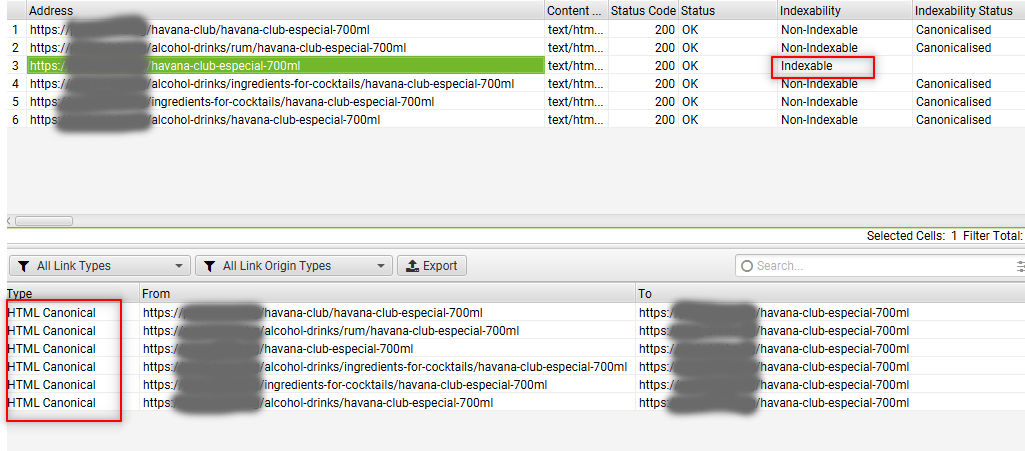
The duplicate product pages had links to them.
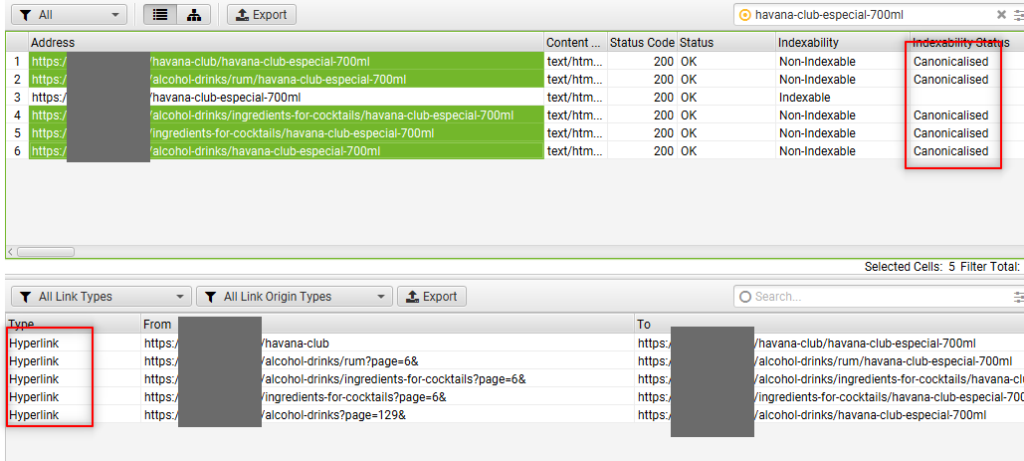
As a result of this strategy, the online store had more than 80,000 pages.
What’s the use of these 80,000 pages when Google finally indexes only 3,000?
Complex structure difficult to maintain, which reduces the Google’s bots ability for visiting the new or updated important pages.
Top SEO Consultant with over 15 years of experience in the digital marketing industry.
Top SEO Expert located in Galway, Republic of Ireland, with exceptional analytical skills for interpreting data and making strategic decisions.
Proven SEO track record of delivering exceptional results for clients across diverse industries.



